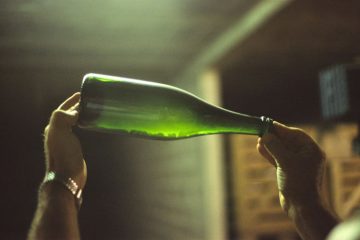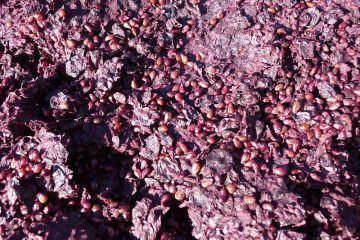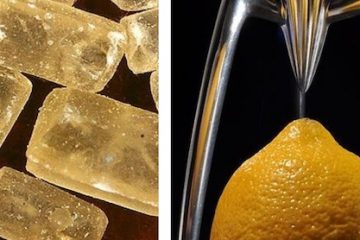Today, most wine is fermented in stainless-steel tanks. Very clean, very modern, very industrial. Very congruent with the food processing industry and it’s (sometimes reassuring, sometimes disturbing) obsession with sleek, sanitizable surfaces. Stainless steel only debuted in winemaking circa the 1950’s, but it’s now ubiquitous. So, of course, there are
In his outstanding volume The Art of Fermentation, Sandor Ellix Katz makes the disturbing proposition that rather than us having domesticated Saccharomyces cerevisiae – the yeast used to ferment wine as well as (most) beer and bread – S. cerevisiae has instead domesticated us. Katz is a fermentation wizard, the
More often than not, food and wine pairing seems to me no more than hypnotism without the swinging watch. Some Authoritative Personality tells us that Sauvignon Blanc goes well with pesto because both are herbaceous. So I pull out a crisp Kiwi Sauvignon Blanc, sauce some pasta, and decide that
Palate Press has selected our top ten stories from 2012 and will publish a 2012 Redux article each weekday until January 4, 2013. These stories highlight our featured columnists, widely recognized contributors, and most popular works published through the year. The Palate Press editorial board hopes you enjoy these highlights as we look
Sparkling wine is serious business, but it’s also serious science. The process of making methode champenoise sparklers sparkle, from secondary fermentation in the bottle to the time you take a sip, is governed by the physical laws of how gases behave. Scientists who care about fluid dynamics have written a
Traditional wassails were—and still are, I suppose—seasonal hot drinks made with wine or beer, sugar, spices, eggs, and bits of toast floating on top. Today, we’re far more likely to find toasty, bready flavors in a more fashionable (and still seasonally appropriate) beverage: methode champenoise sparkling wine. How those characteristic
It’s a self-evident truth, not to mention a basic principle of homeostasis, that what goes in must come out. Around this time of year, huge trucks full of grapes go into wineries. Months or years later, the bottles of wine that come out of those wineries look a lot smaller
People who concern themselves with "consumer acceptability" of fruit know that sugar is a pretty good predictor of how consumers will feel about a given apple or grape or orange; the more sugar (that is, the higher the °Brix level), the more people like the fruit in question. But the





